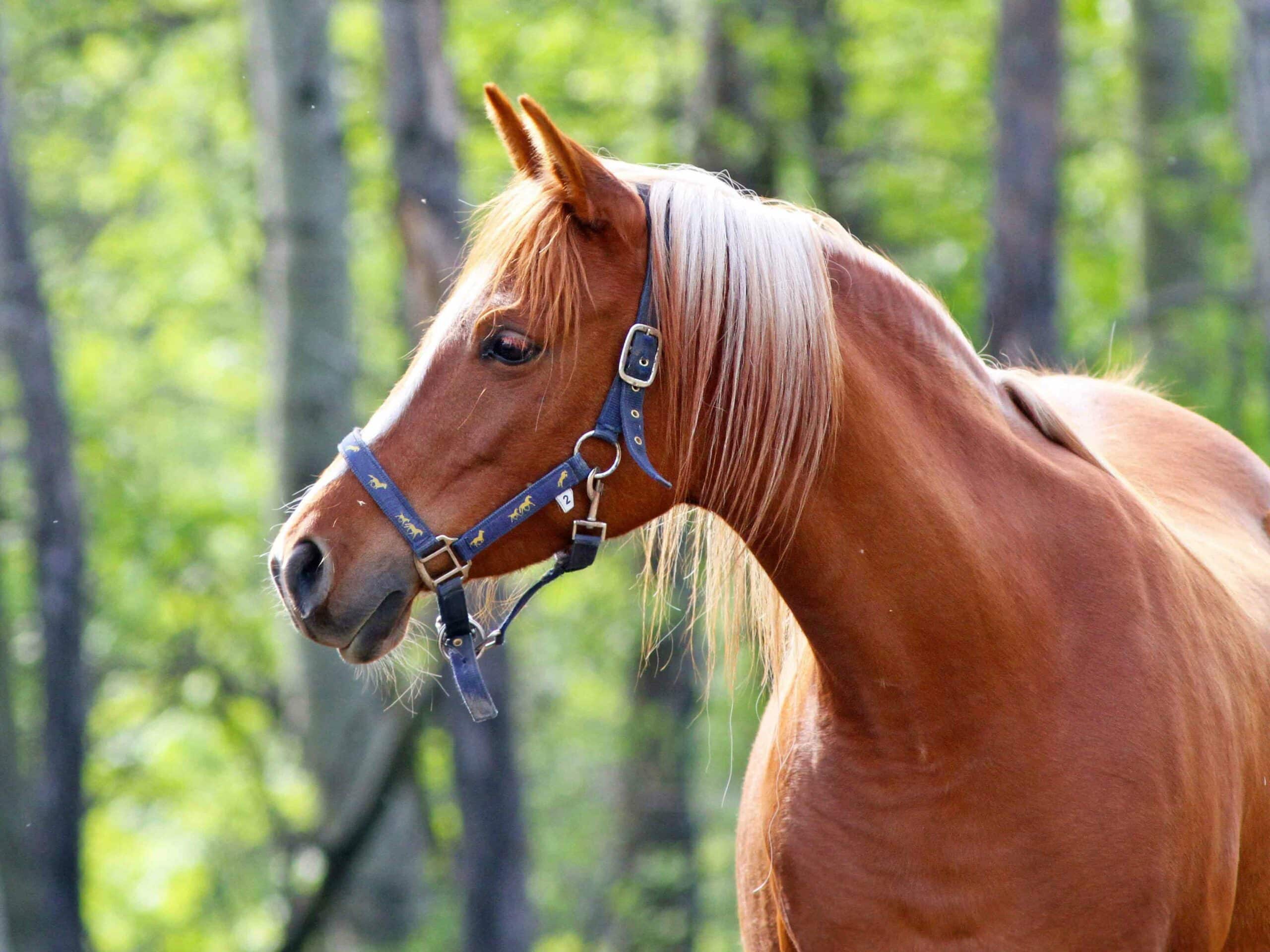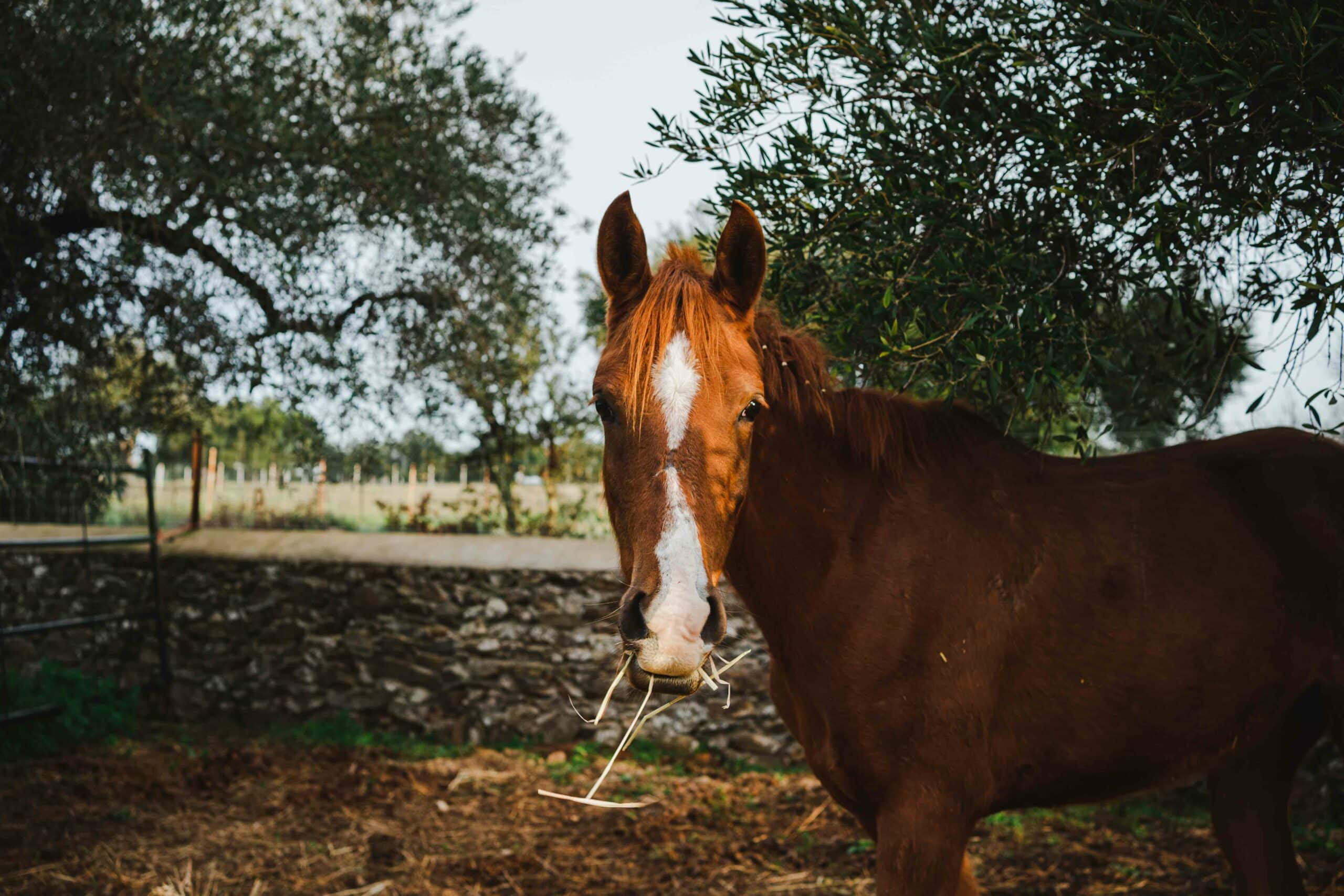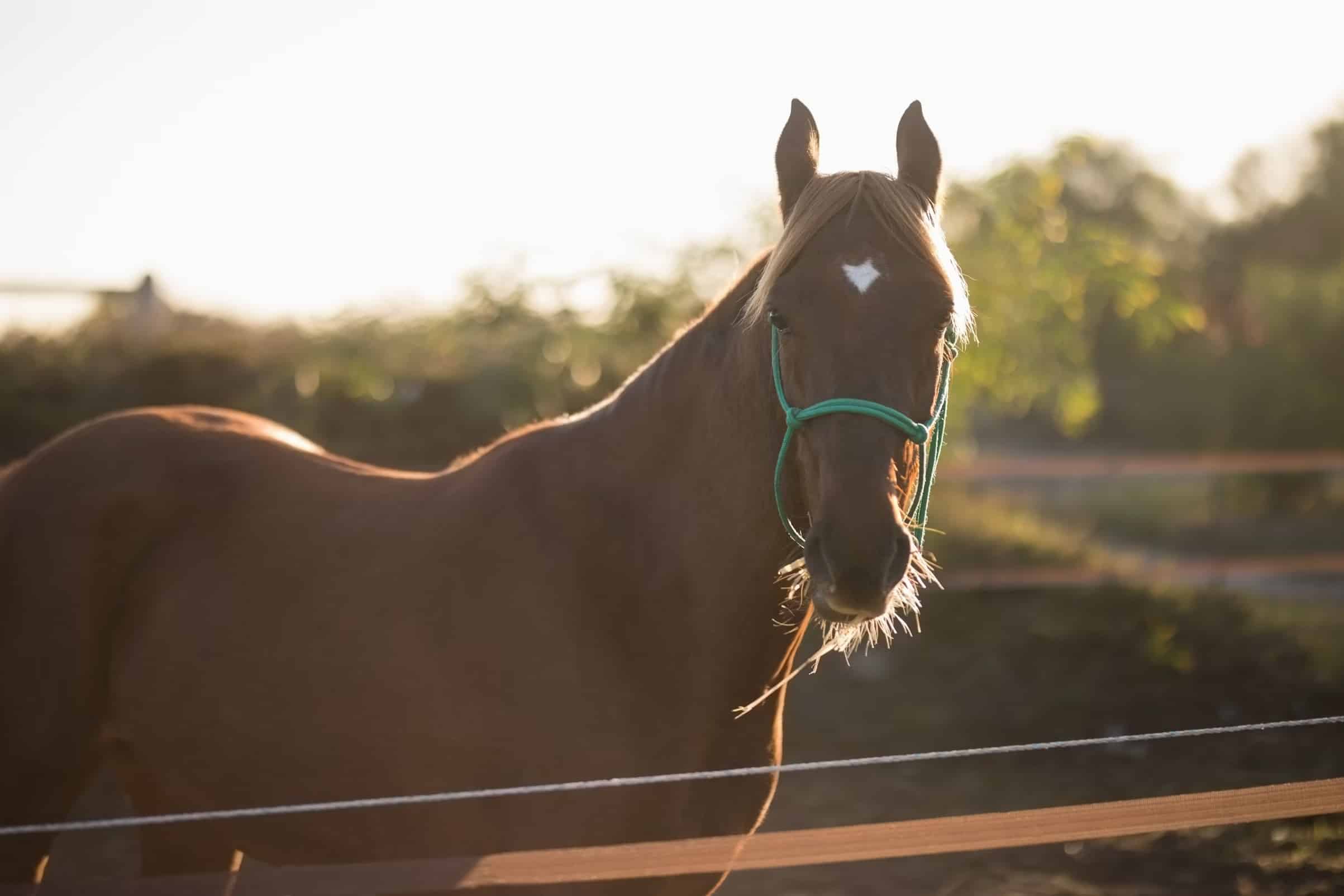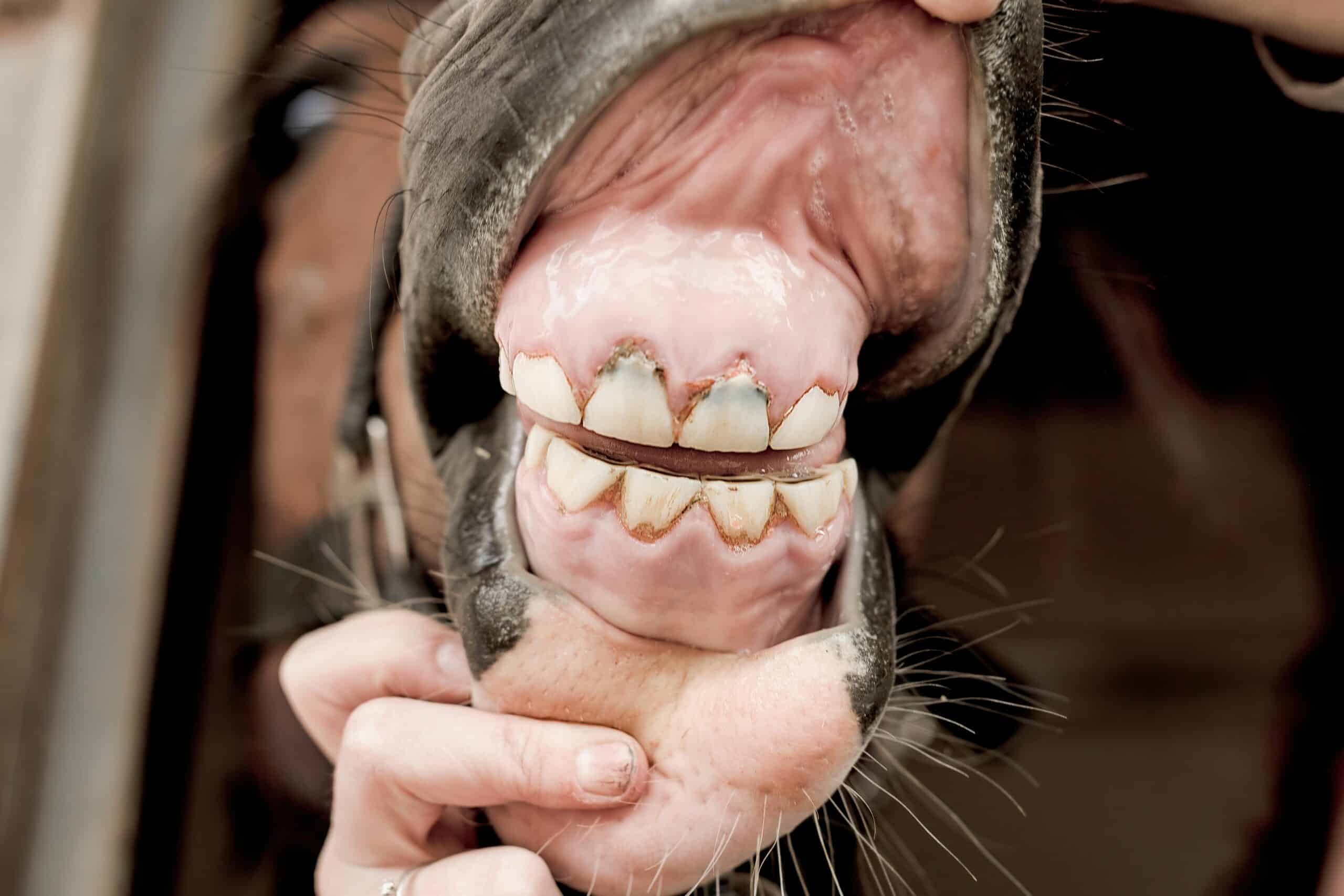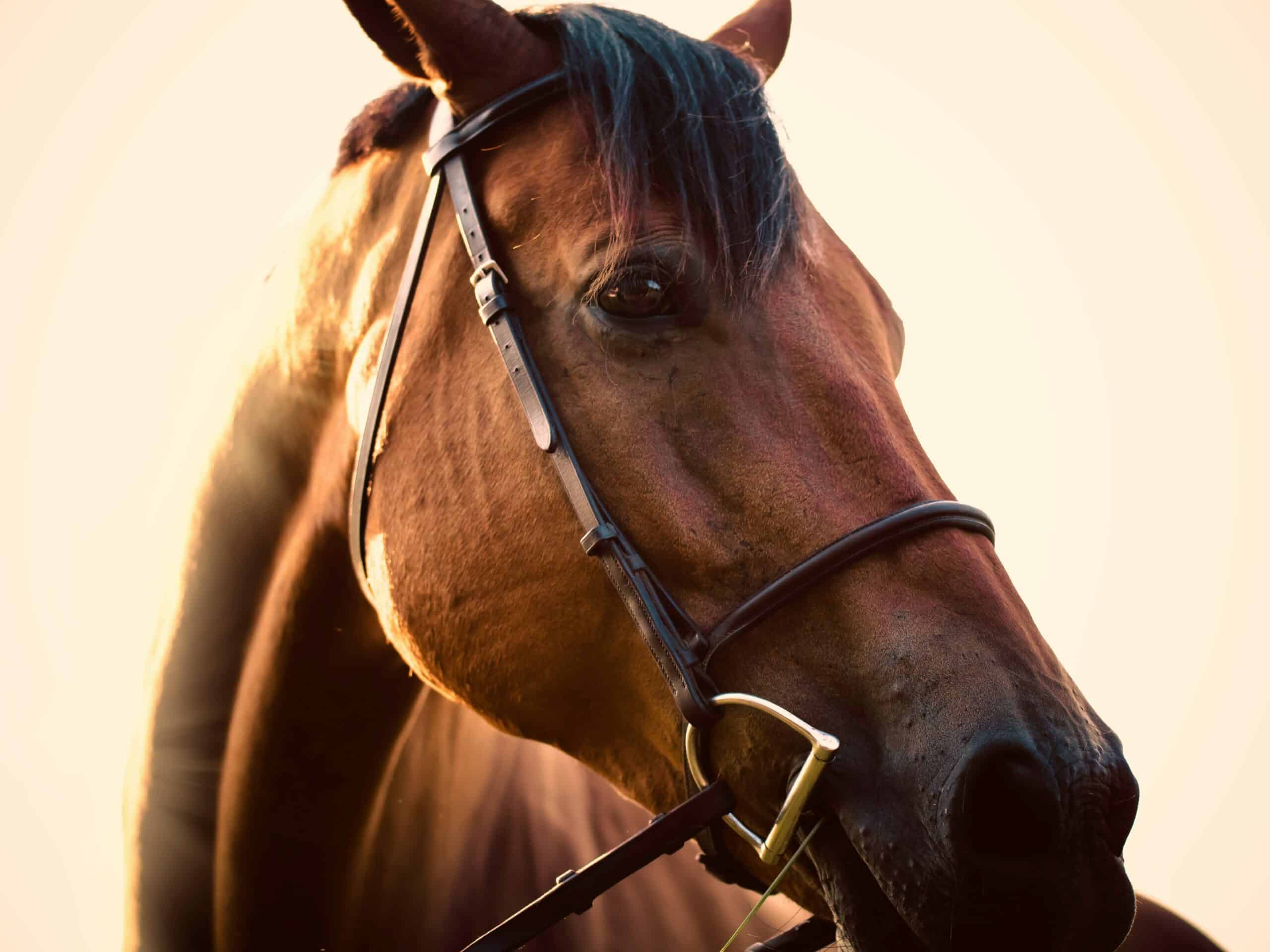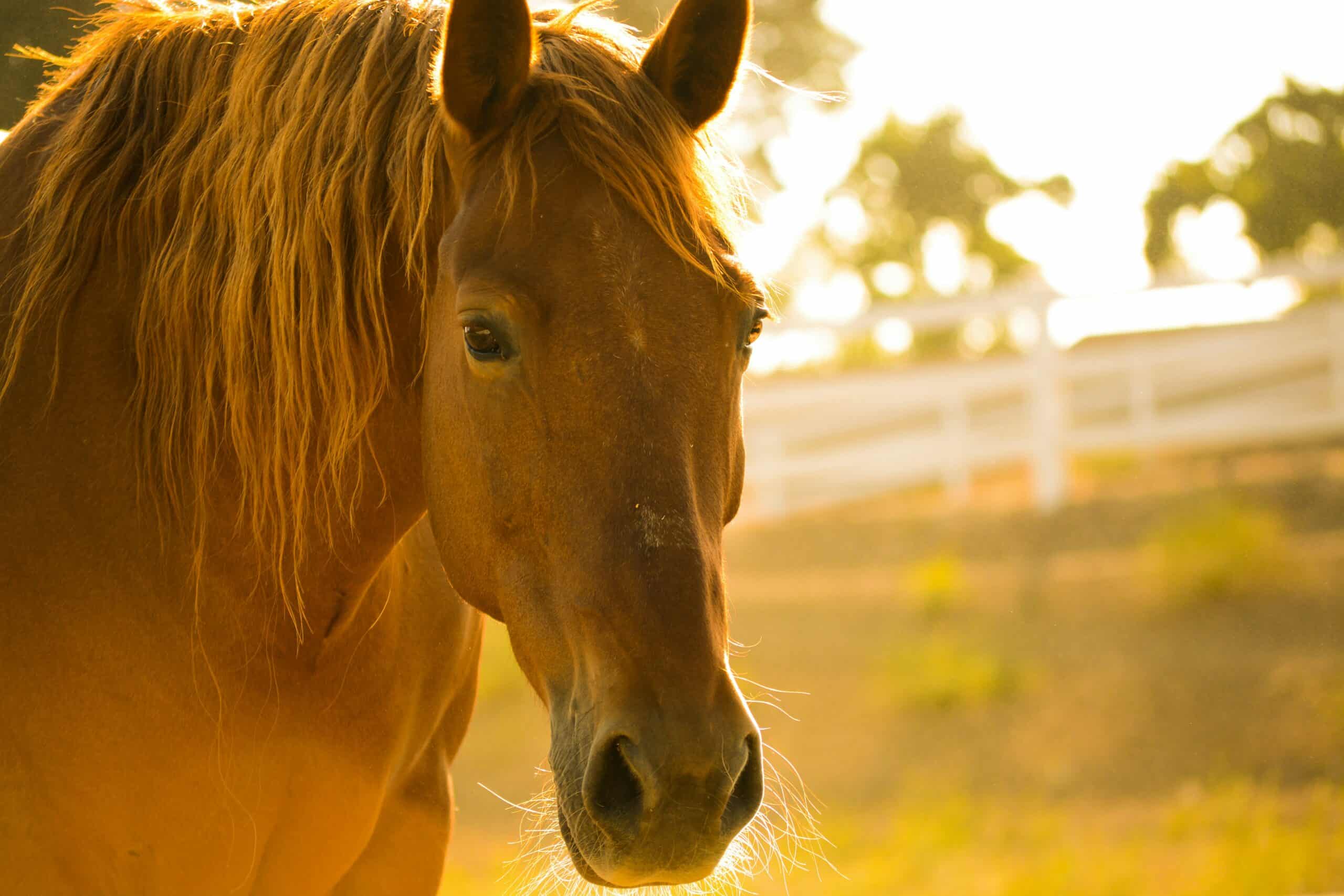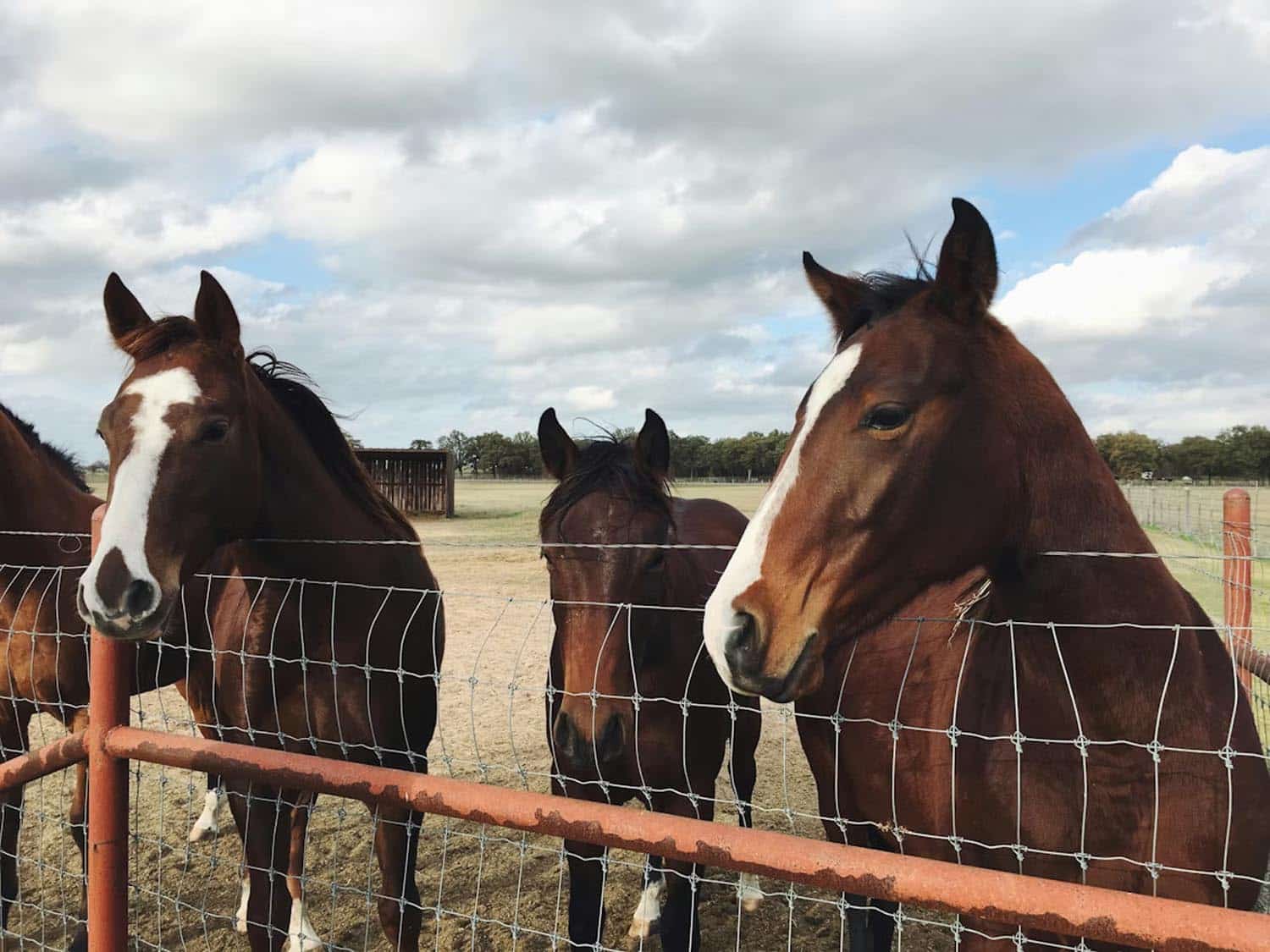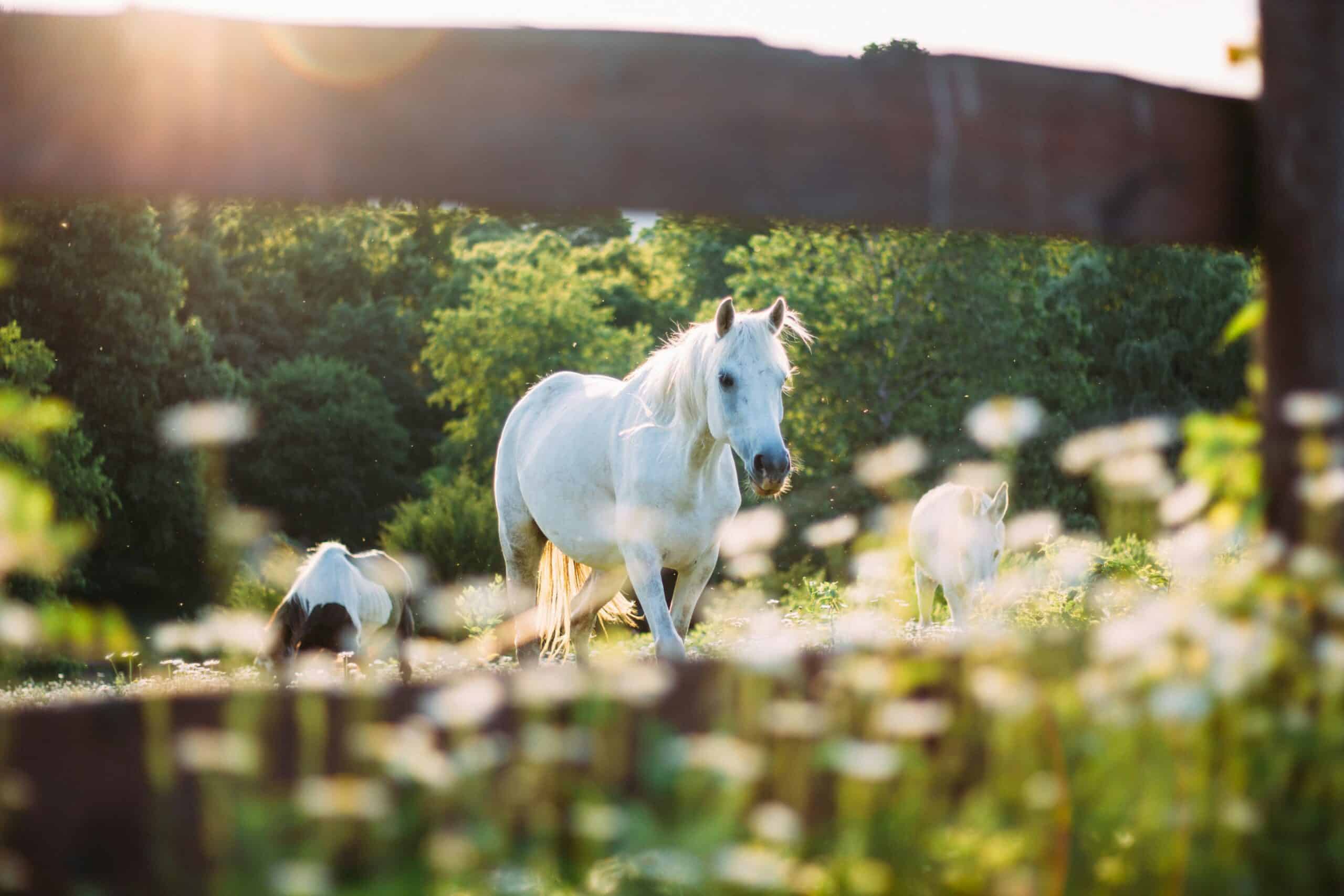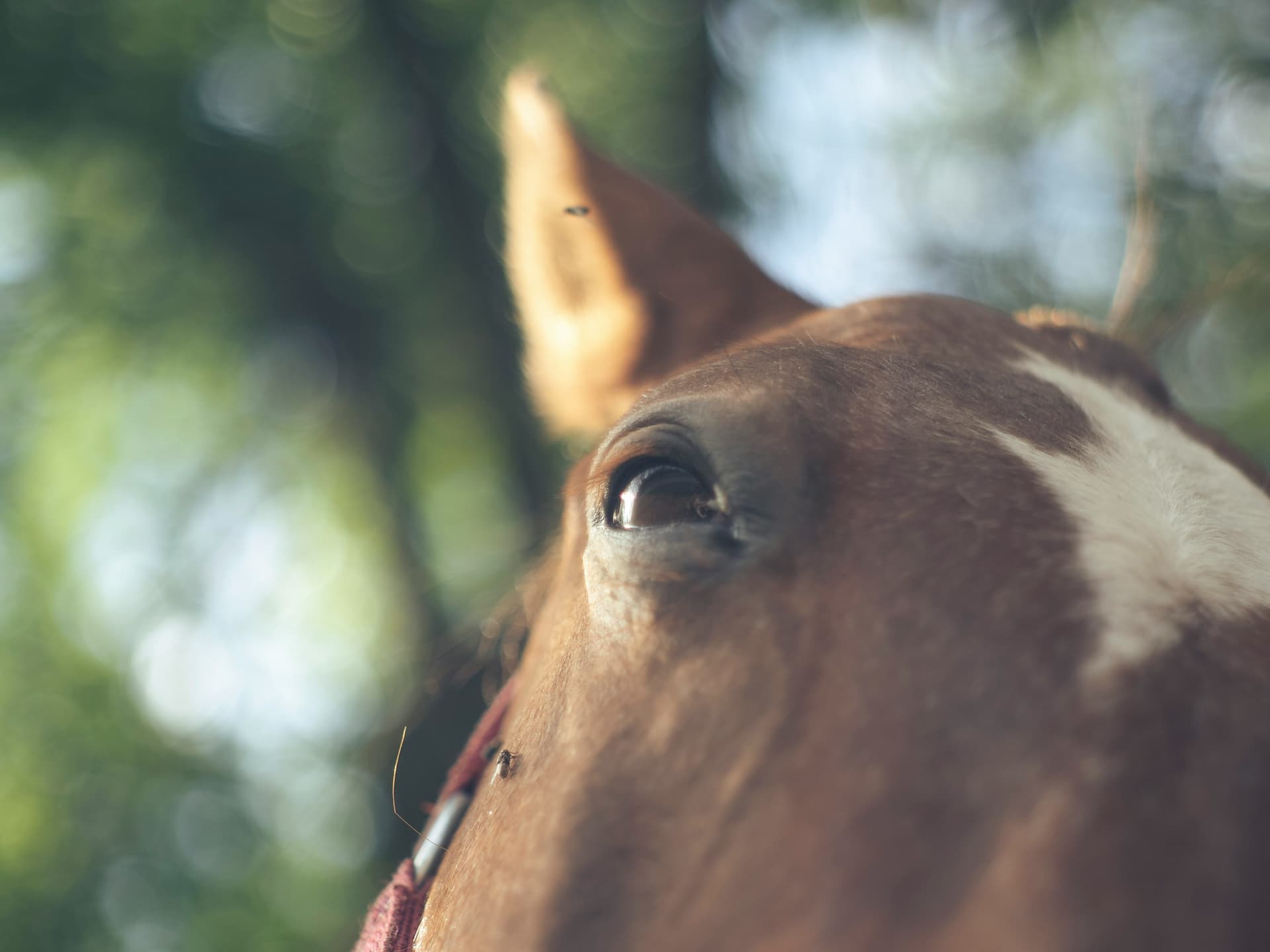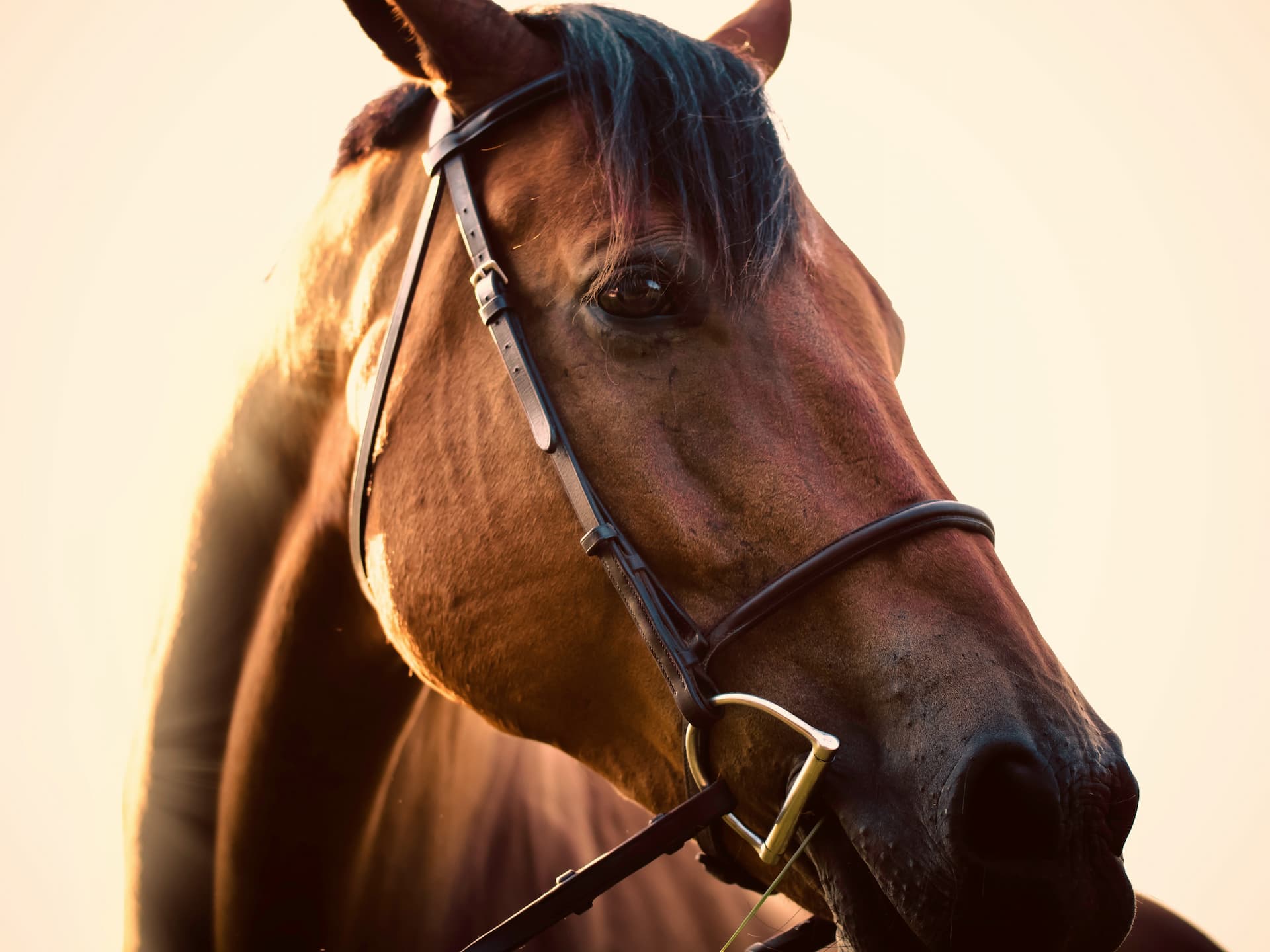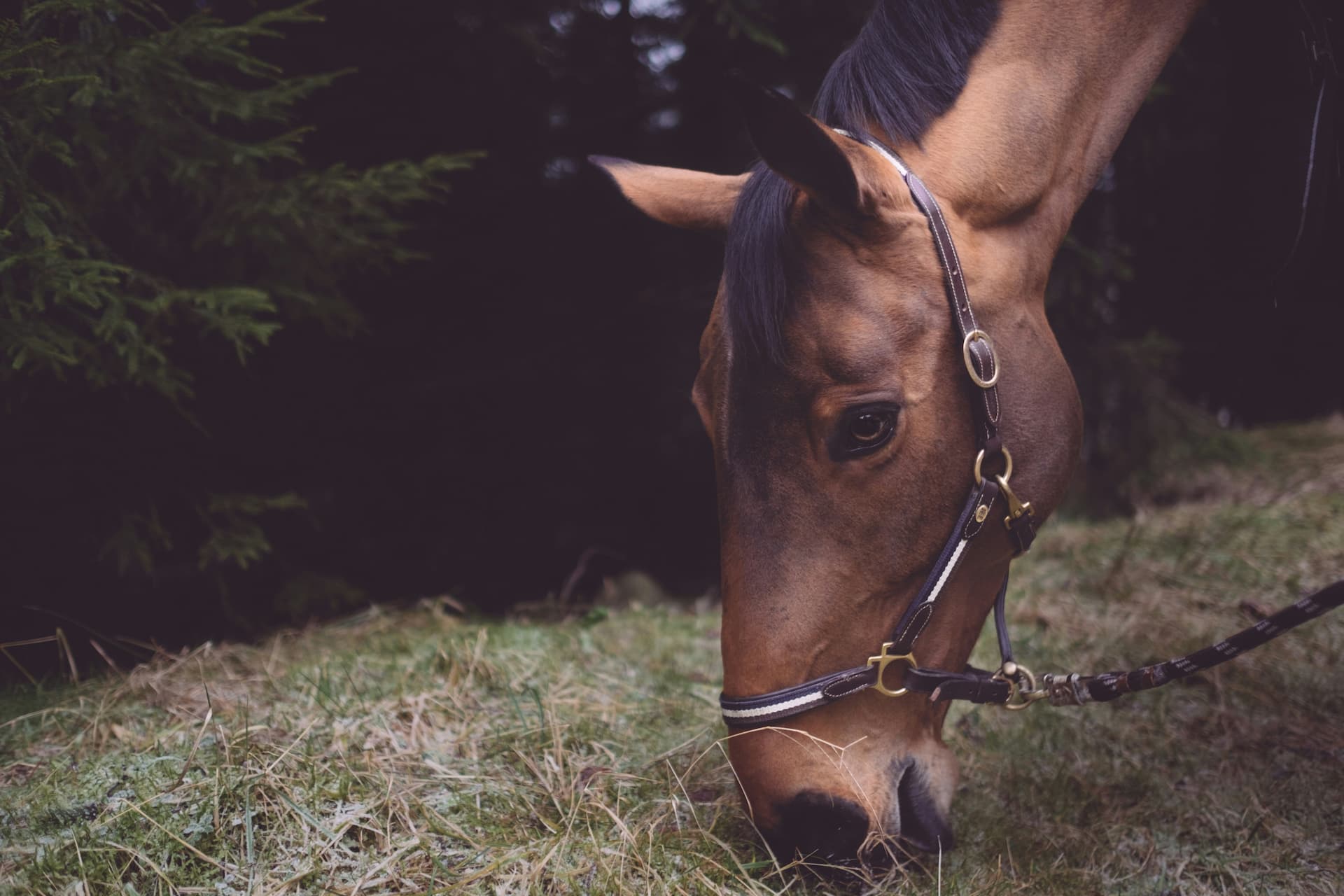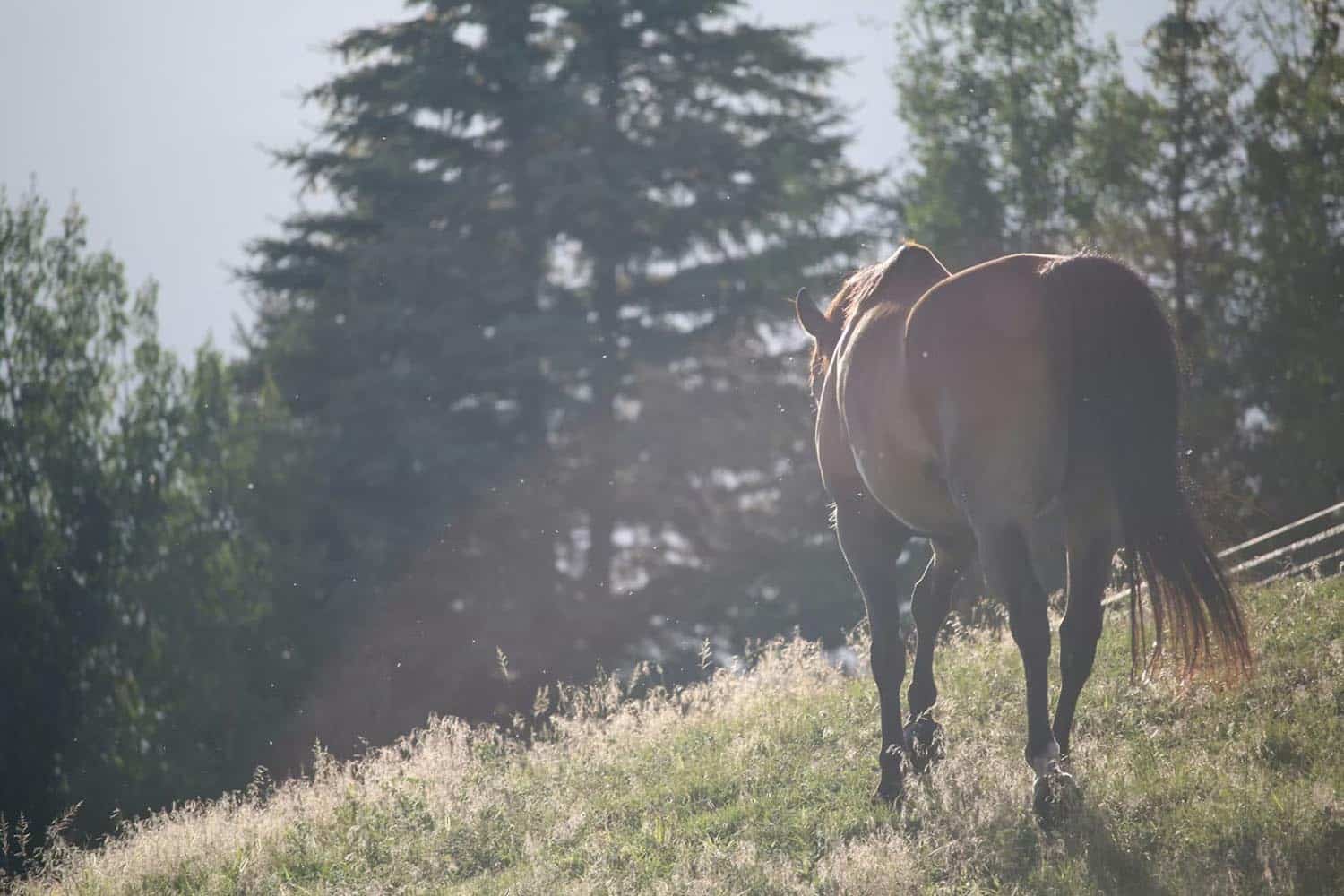
Equine Toxicities
From the pasture to the barn, there are a variety of toxins that can pose a serious risk to your horse’s health. Here are a few of the most common toxins you should be aware of and how you can help reduce your horse’s risk of exposure.
Pasture Problems – Toxic Plants
While your horse is out on pasture, they will likely come in contact with a wide variety of plants. A few of the most dangerous plants your horse may be exposed to include:
- Yew
- Oleander
- Tansy Ragwort
- Red Maple
Even in small amounts, some of these plants can be lethal. Conduct regular inspections of the plants in your pasture and any plants near your fence line. If you are unfamiliar with plant identification, Dr. Kaci is happy to answer any questions you may have. We also recommend using a plant guide to help you identify plants of concern.
Once you identify a toxic plant in your pasture, iremove the plant as soon as possible. Remove your horse from the area where the plant is located until you can properly dispose of the plant in question. Following removal, you will also need to perform regular inspections to ensure there is no regrowth.
The symptoms associated with plant toxicity can vary greatly depending on the plant and how much your horse has consumed. If you think your horse has been exposed to a toxic plant or is experiencing any symptoms, please give us a call. Toxin exposure should always be considered an emergency, and it’s essential to get your horse the appropriate medical care as soon as possible.
Rodenticides and Pesticides
Rodents and other pests are a common problem in horse barns. While keeping your barn pest-free is important, you need to be cautious when using rodenticides or pesticides around your horse. Some of the chemicals used in these products are toxic and can cause significant harm.
While the effects of rodenticides and pesticides are largely dose-dependent, it’s essential to be cautious and take steps to reduce your horse’s exposure. Read the product label carefully and always follow the manufacturer’s instructions. You should also be mindful of where and when you use the products in your barn. Always store these products safely out of your horse’s reach and avoid using them around your horse’s feed.
Toxins in Your Horse’s Feed
Another significant area of concern when it comes to equine toxins is your horse’s food. From mycotoxins in moldy corn to blister beetles in your hay, there are a variety of toxins that may be lurking in their food.
One of the most concerning dangers in horse feed is Clostridium botulinum. This toxin is commonly found in rotting hay or silage. The toxin attacks the nervous system causing difficulty eating, muscle tremors, respiratory distress, and paralysis. Unfortunately, this condition can progress very quickly and may even be fatal.
Before feeding your horse, always inspect the feed carefully and look for any signs of mold or bug infestation.
Final Thoughts
Understanding the potential toxins in your horse’s environment is imperative to your horse’s long-term health. Once you identify the toxins putting your horse at risk, you will need to take appropriate action to limit your horse’s exposure and keep them safe.
If you have additional questions about toxins and your horse’s health, please give us a call. We can help you identify potential toxins, reduce your horse’s exposure, and get your horse the appropriate medical care.
Photo by Richard Austin on Unsplash

